The IPEG laboratory is developing a real-world replica of a power-electronics-dominated grid (PEDG)!
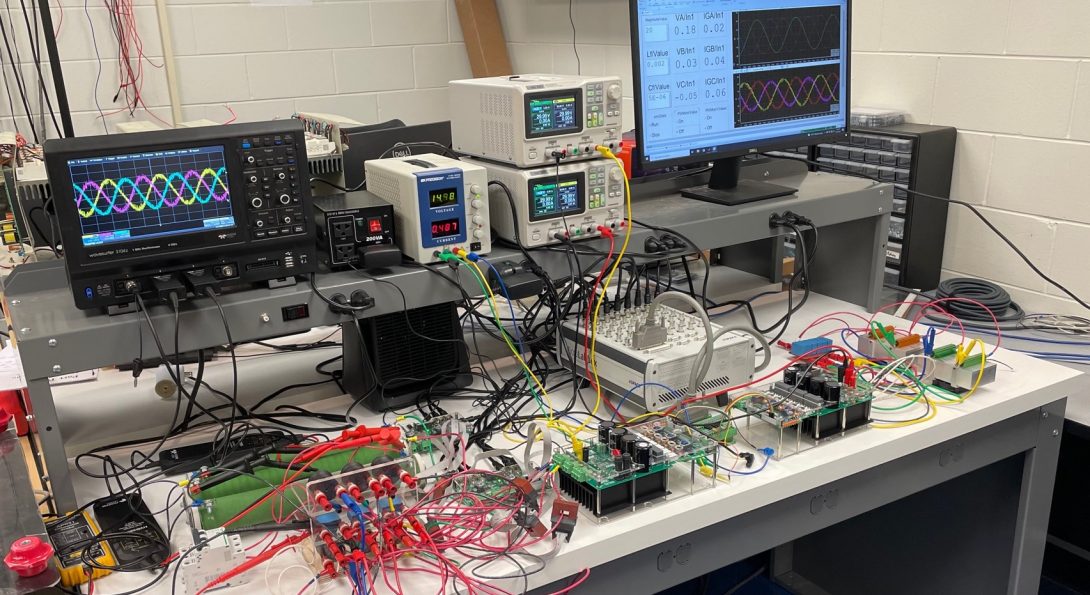
The IPEG research associates, under Prof. Shadmand's guidance, are developing a real-world replica of the power-electronics-dominated grid (PEDG), with multiple distributed energy resources to investigate realistic scenarios on the cyber and physical layers of the PEDG. It is anticipated that this setup will be fully completed by May 2022.
14-bus Heading link
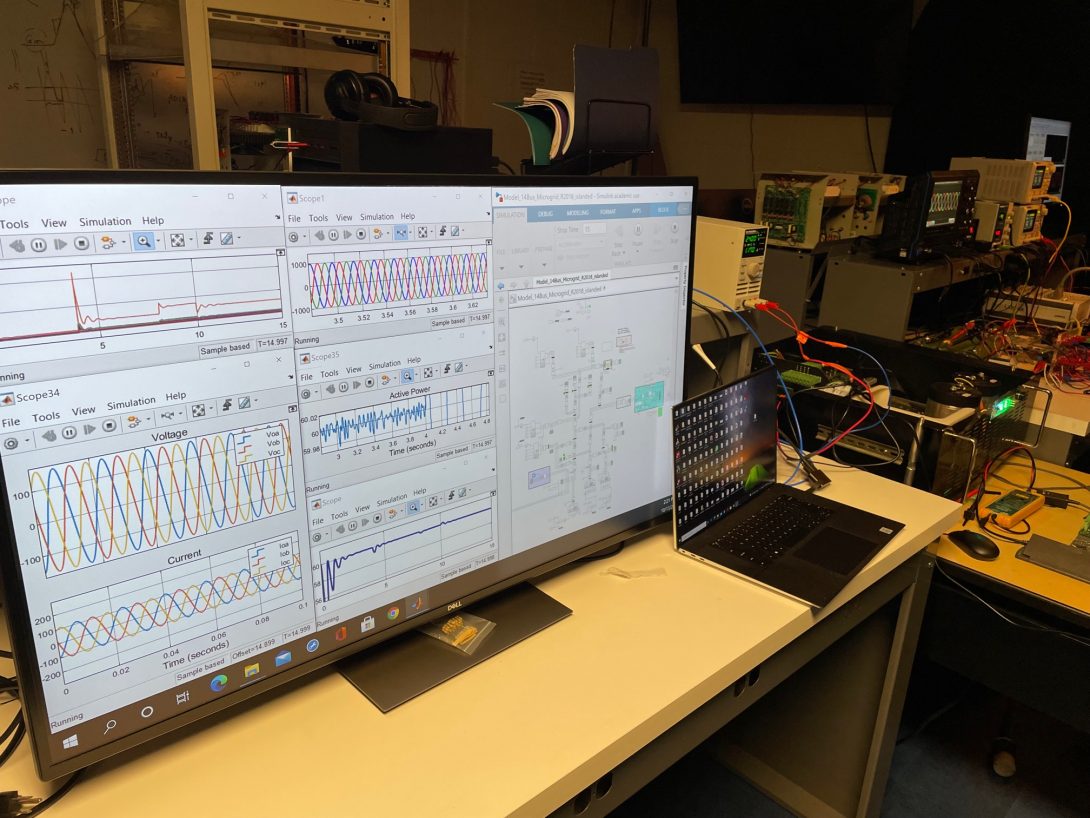
The traditional power system is evolving into a new concept, in which the foremost generation is provided by distributed energy resources (DERs) interfaced to the smart grid via power-electronics-based converters. This concept is so called, power-electronics-dominated grid (PEDG).
The PEDG is integrated with communication infrastructures and Internet of Things (IoT) to realize a system with bidirectional information and power flows. According to the U.S. Department of Energy (DOE), the PEDG must have new features including, attack resiliency, self-healing, improved power quality, accommodation of generation and storage systems at the point of the load, the evolution of electricity markets, and real-time optimization of the system. Full implementation of the PEDG needs extensive investigation considering real-world case studies.
The IPEG lab is working on the implementation of real-world scenarios to investigate the performance of different layers of the PEDG in a granular manner, all the way from SCADA level down to single device level.
Three-phase inverter Heading link
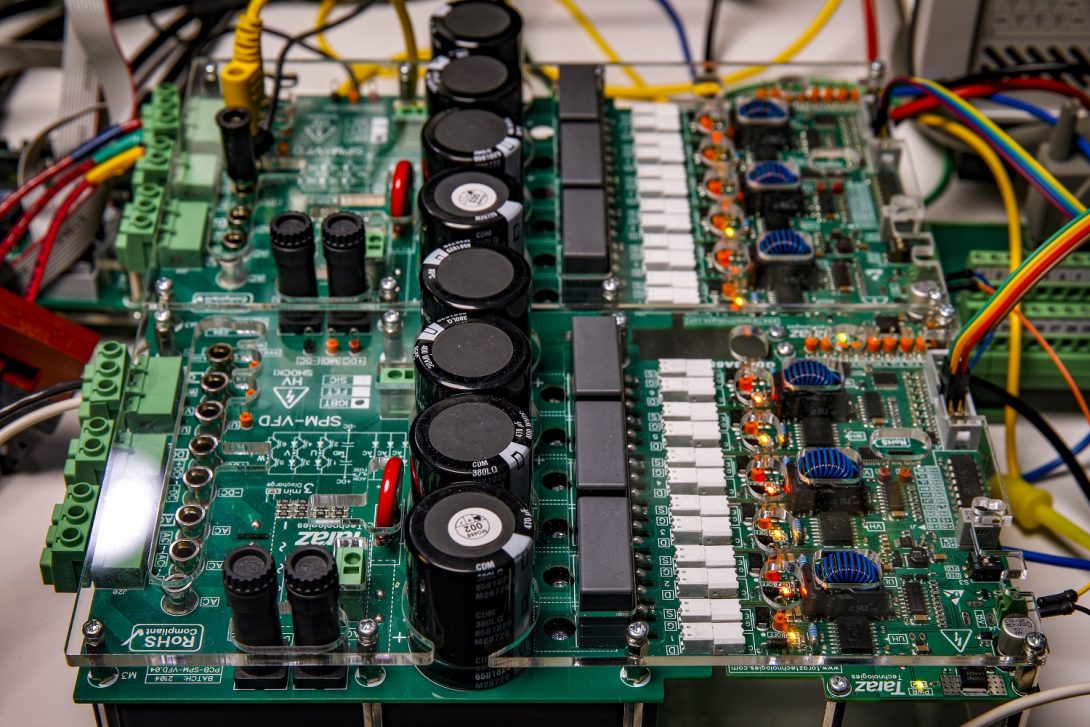
The cutting-edge proposed controllers with the IPEG lab are fully implemented and evaluated on the experimental setup. Various case studies are designed to replicate the most realistic scenarios to ensure the validity of proposed approaches.
The PEDG setup under development consists of the physical layer as well as the cyber layer to provide full implementation flexibility on a miniature built PEDG.
Measurement board Heading link
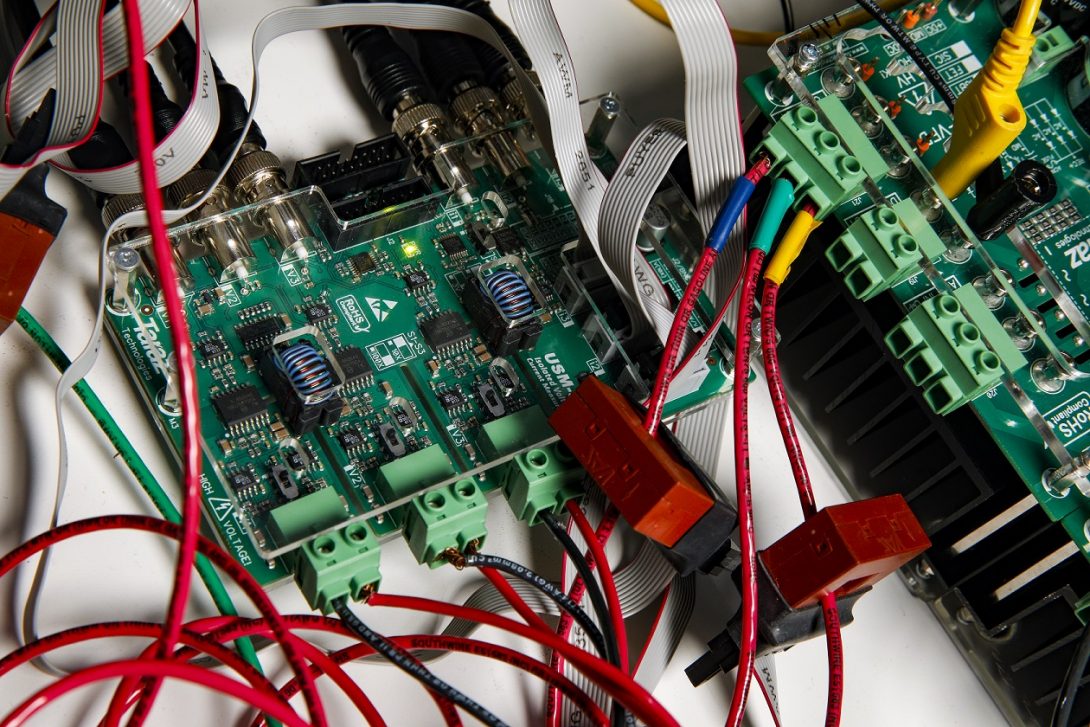
The setup under development has various pieces of equipment including three-phase inverters, single-phase inverters, grid emulators, photovoltaic system, power amplifiers, hardware-in-the-loop, SCADA system, communication links, etc.
Close attention to the details of such a meticulous system with considering all aspects of it is what makes the system under development a novel solution for the real-world testing of innovative ideas such as PEDG.
Results Heading link
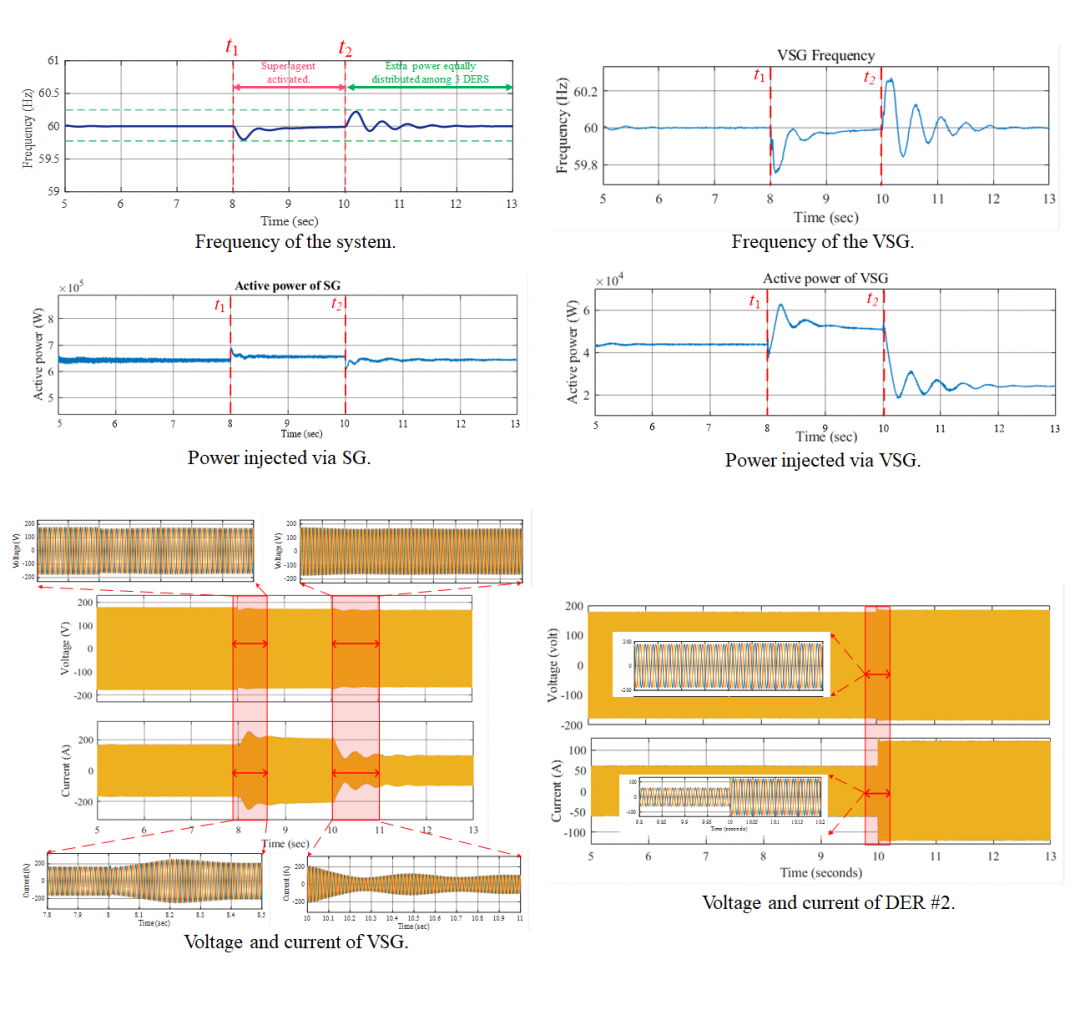
All types of incidents on the cyber-physical layer of the PEDG, including frequency events, voltage events, EMI attacks are being studied using simulations, hardware-in-the-loop (HIL), control-HIL (C-HIL), and actual hardware platforms.
HIL Heading link

To achieve the granular study of the PEDG, HIL and C-HIL platforms like dSpace MicrolabBox and OPAL-RT 5707 are utilized to implement secondary and tertiary controllers of the PEDG to study the collaborative operation of the DERs for voltage control, frequency control, synthetic inertia emulation, transient stability enhancement, etc., in presence of grid-following and grid forming DERs.
The primary control for DERs is implemented on Texas Instruments (TI) DSP to achieve a better dynamic response in the smallest available footprint making it a more practical alternative for real-world field-oriented applications.